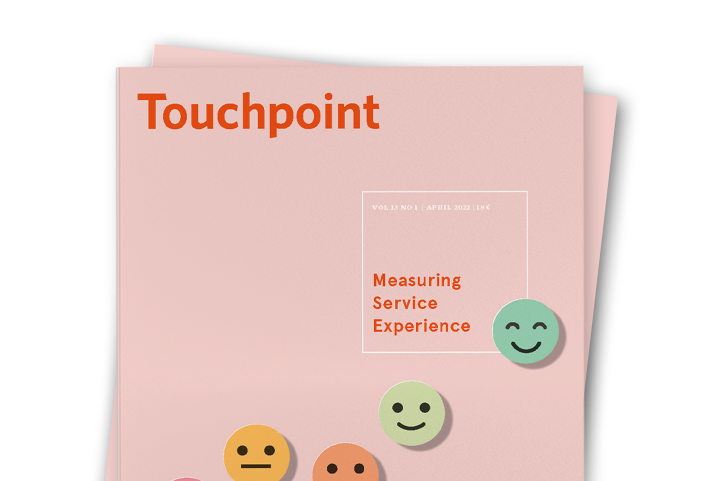
18 Touchpoint articles in this issue
Touchpoint overview


From our Editors
“You cannot manage what you cannot measure... and what gets measured gets done.” So goes the old adage attributed in different forms to several management gurus. And it’s one that presents a perennial challenge for service designers; how does one really measure something as amorphous as ‘experience’?
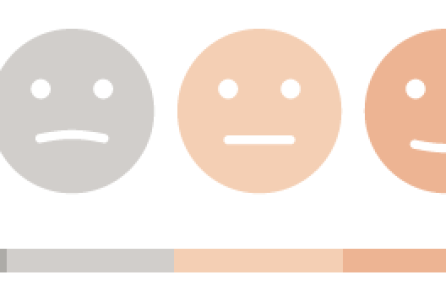
Measuring Service Design Impact - Lessons from social change-makers
Social change-makers in the non-profit sector have extensive experience in using practical tools for measuring the impact of their interventions. This article intends to start building bridges between their tools and service design. Could the tools used by international development co-operation be adopted to measure the impact of service design. And if so, how?
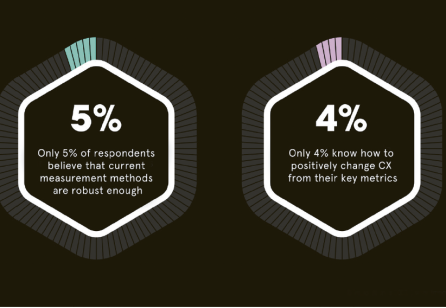
Time for a Holistic Way of Measuring Experience?
A study run by ImpactSense in 2020, found that 83 percent of CX and service design professionals are open to a new CX metric, with none of those surveyed believing that their existing CX metric accurately represents true customer experience. Despite this, the majority (62.5 percent) recognise that it would be tough to change. But a change is needed to stop applying poor and outdated ways of measuring experience. Now it’s time to review the landscape and understand the varying needs of different stakeholders, to arrive at a new measurement approach that delivers on the insights needed. The question is, how?
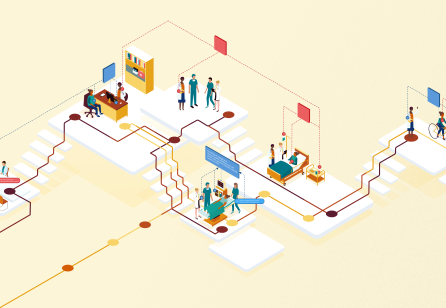
From Touchpoints to Datapoints
Data is playing an increasingly prominent role in service propositions. That begs the question: How could service designers, in a practical way, contribute to the data strategies of such propositions? At Philips, we use a data definition framework to integrate data with Design Thinking to enable and measure service experiences.
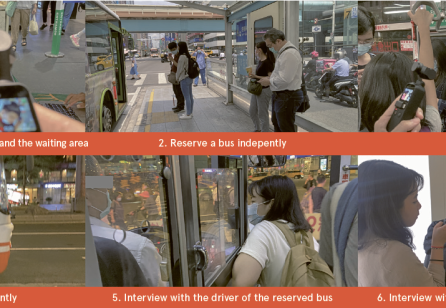
The Multi-Factor Framework for Evaluating Service Design
A service journey involves cross-scene and multiple user processes, influenced by many factors such as people, technology and the environment. Until now it has been challenging to evaluate a service from a systematic perspective. This article proposes a multi-element framework to define the holistic evaluation metrics for complex service systems to inspire a more comprehensive assessment of public service design.
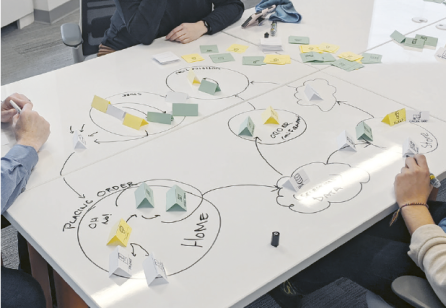
Measuring for Sustainability: Friend or Foe?
As Peter Drucker said, if you can’t measure it, you can’t improve it. Organisations have traditionally lived in a KPI-driven world where business measures are at the front and centre. However, environmentally-conscious consumers are asking more from services. This is putting businesses in a tough spot and is forcing them to redesign their services to be profitable, yet sustainable.
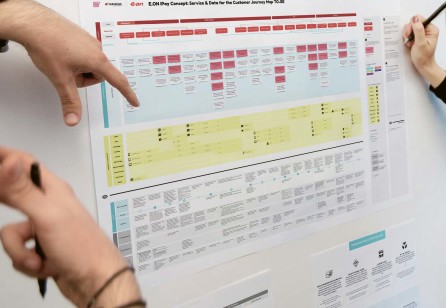
A Data-driven Service Blueprint to Get Things Done
To say that digital transformation has become key in our projects is an understatement, especially in a world where Covid-19 has impacted all our lives. Service designers and multidisciplinary design studios such as Design Group Italia (DGI) are sought out by clients around the world to help them with fundamental parts of these transformations.
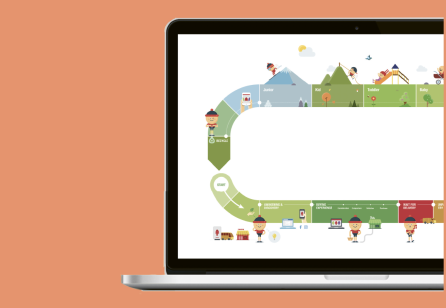
Experiences that Count
Customer journey maps are essential for the service designer’s utility belt and are used to visualise what customers go through when experiencing a service or a product. Journey maps give visibility to touchpoints, changes in emotion and, importantly, the customer needs at each step of the journey. Furthermore, adding relevant service data to the mapping of customer journeys should solve three structural issues for service providers that apply the methodology: breaking silos, promoting customer-centricity and showing the impact of design work.
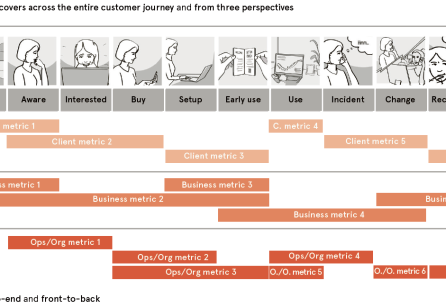
A Better Approach to Measure Service Performance
Ever since the idea of great customer experience entered the minds of business leaders, they have been pushing their organisations to measure it. Organisations of all stripes invested heavily in the tools and skills to truly understand the experience of customers using their services. To do so, they relied on survey-based CX measures such as Net Promoter Score (NPS) or the Customer Effort Score (CES). The trouble is, these measures might gauge general customer sentiment, but they don’t enable organisations to act.
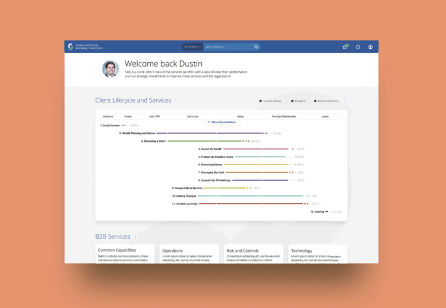
Surfacing and Measuring the Whole
Between 2019 and 2020, the Service Design Practice at J.P. Morgan designed and piloted a tool called SASI to make it easier for everyone to connect the millions of dollars being invested in change projects, to the services we provided to our clients. SASI became a focal point for our conviction that service design has the potential to bring human (client) centricity to the core of organisations, beyond the usual soundbites, and into tangible operational processes such as how organisations invest to improve their services.
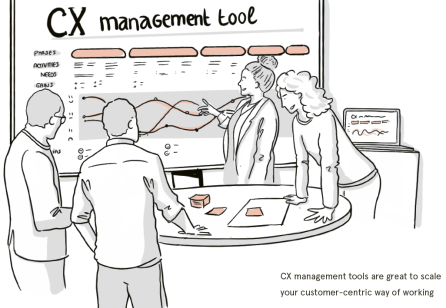
CX Management Tools: A Service Designer’s Best Friend
As service designers we do love our tried-and-proven customer journeys. However, they have one big limitation: they only offer a zoomed-in picture of the customer lifecycle. Meanwhile, organisations increasingly want to measure customer experience (CX), create an overview, and manage CX efforts across the entire customer lifecycle. In this article we explore how a new category of CX management tools are rapidly evolving to tackle exactly those challenges.
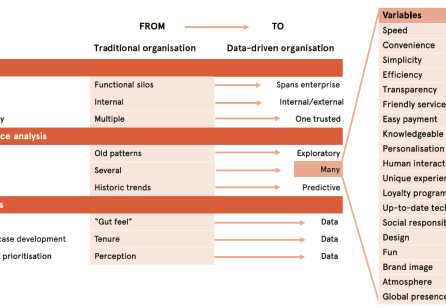
The Future of Measuring Service Experience
The value proposition of traditional customer experience (CX) is stalling, because the fundamentals are now commonplace and no longer enough for differentiation and growth. A data-driven mindset is vital to transform the art and science of measuring CX and tie it to value creation and business outcomes.

Applying a Data-driven Approach to Qualify a Persona Service Strategy
The importance of creating buyer personas is often overlooked because of the effort required in collecting data and choosing rigorous metrics. Hopefully, seeing how well such an approach worked for a Brazilian bank will hopefully inspire others to give data-driven methods a shot. Technology and research combined drove an original approach of implementing a relationship machine.
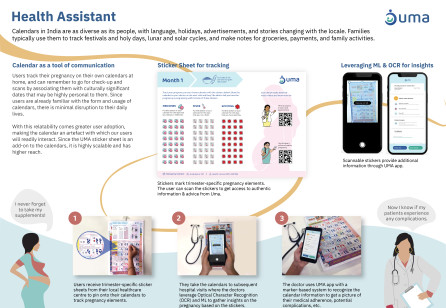
Addressing the Information Gap in Maternal Care
The study on Indian maternal mortality by Meh et al. placed the country’s maternal mortality rate at 99 per 100,000 live births and estimated that 1.3 million people have died from maternal causes in the last twenty years, mostly in rural areas .
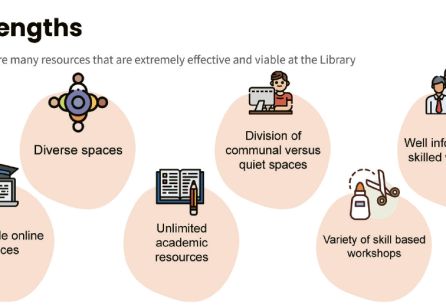
Applying Service Design to Academic Processes
This article explores how service design teaching can be done through projects from within an educational institute, and how a university’s internal stakeholders can benefit from such a collaboration with service design students. The example of a course taught in Pakistan will be used to explain the advantages of service design being applied to academic processes through student projects.
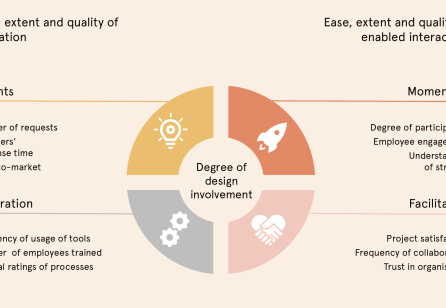
Tracking Design from Offerings to Strategy
The impact of design hinges on its effectiveness in interfacing with organisational strategy, but the frequent lack of compelling metrics continues to hold back more comprehensive design efforts.

Service Design in Japan: a chat with with Atsushi Hasegawa
Recently, Touchpoint publisher Prof. Birgit Mager and Touchpoint Editor-in-Chief Jesse Grimes sat down with service design pioneers Atsushi Hasegawa and Taro Akabane to discuss service design in Japan.

Service Design in Japan: a chat with with Taro Akabane
Recently, Touchpoint publisher Prof. Birgit Mager and Touchpoint Editor-in-Chief Jesse Grimes sat down with service design pioneers Atsushi Hasegawa and Taro Akabane to discuss service design in Japan.


